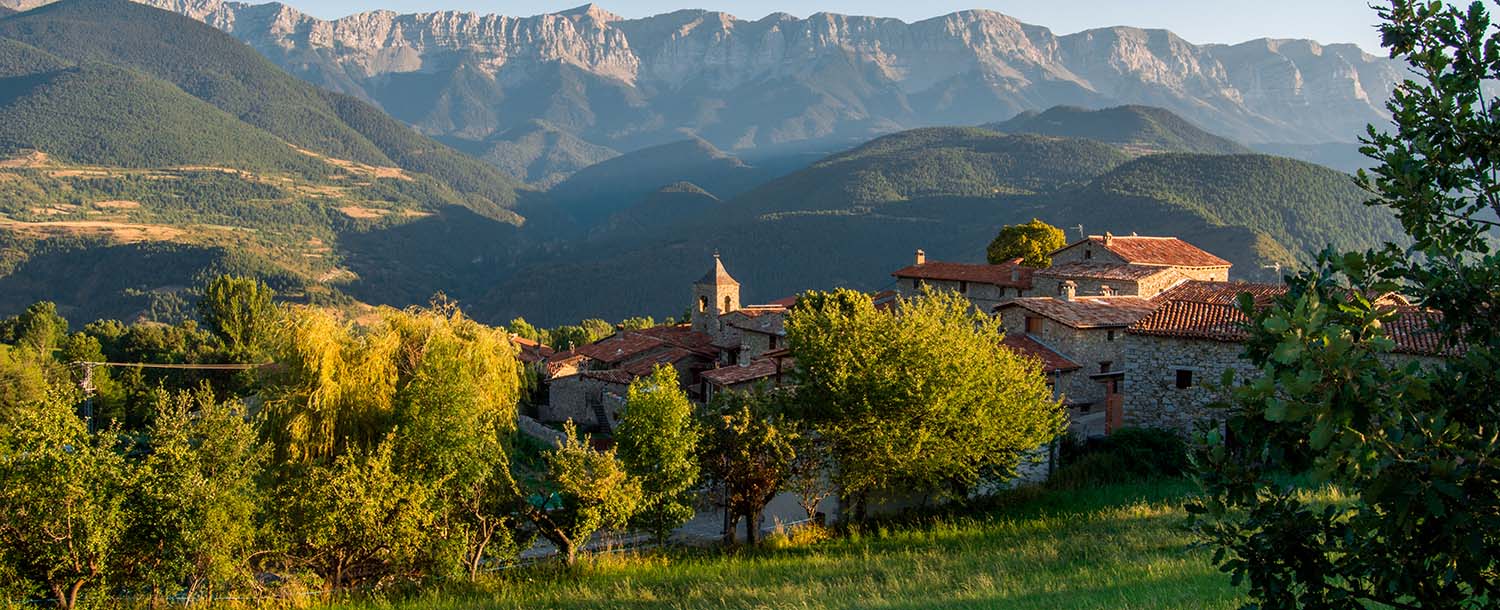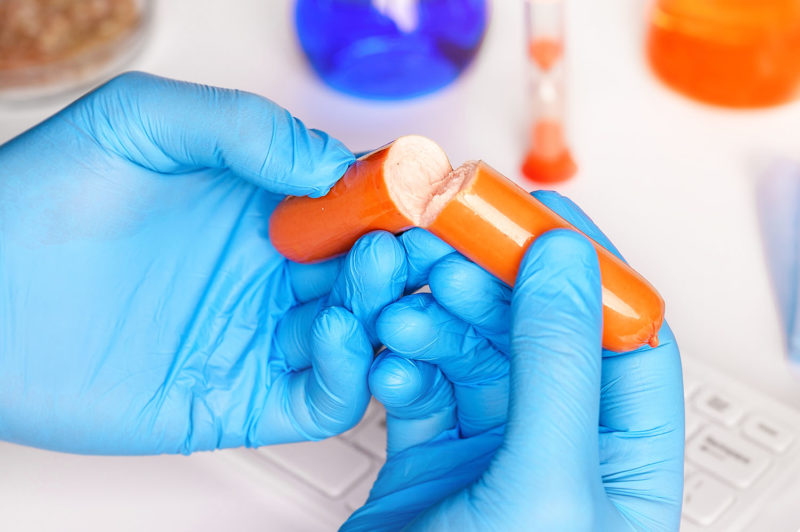

How the Catalan agri-food sector faces the crisis
The world is facing a food crisis. Food prices are soaring and consumers are changing their habits. The new situation is both a challenge and an opportunity for the Catalan agri-food industry.
The anticipated CPI for September stood at 8.9%, mainly due to higher fuel and food prices, according to the INE. And it rains on wet weather if we analyse the evolution of the prices of the shopping basket, despite the fact that the year-on-year inflation of food and non-alcoholic beverages was 6.2%, decreasing two tenths of a percentage point compared to the previous month. Particularly noteworthy were the high prices of basic products such as meat, bread, cereals, pulses, vegetables, milk, cheese and eggs.
The majority of consumers in Spain have noticed these changes and 75% have already changed their shopping habits, according to a survey by the consultancy firm McKinsey. Between April and May, half of them have tried the supermarket’s own brand, 30% have changed brands and 26% say they have changed shops or distributors. Undoubtedly, the main reason is the search for better prices.
Moreover, according to a report by the insurance company Allianz, if producers end up passing on the increase in their costs to the final price of foodstuffs, especially due to the rise in fuel, electricity and fertilisers, the shopping basket will become 13% more expensive this year in Spain. It should be borne in mind that European households already spend on average between 12% and 25% of their income, depending on the country, on food and drinks. Many family economies could therefore be strangled.
A stimulus for local shops
The major impact of fuel prices on distribution chains could be a boost for local commerce, as reflected in the report “The agri-food sector in Catalonia”, produced by Acció and Prodeca. In this sense, both producers and distributors will have to adjust their strategies to become more competitive.
The food crisis represents an opportunity for the sector in Catalonia, although it is not without risks. Led by the meat industries, the agri-food sector is one of the clear benchmarks of the Catalan economy, as it generates 19.2% of GDP, with a global turnover of 43 billion euros. The primary sector accounts for almost 11% of the total; the food and beverage industry, 70%; and the auxiliary industry more than 19%.
In this new context, some local producers and distributors, especially those in the primary sector, will be able to increase their market share in Catalonia, as their products will become more competitive with imported products. In any case, no one can overlook the major trends and challenges in the sector that the Acció and Prodeca report points out.
Three areas of action
To begin with, in regard to the environmental impact, it will be necessary to take into account the importance of a sustainable production, based on the circular bioeconomy and precision agriculture, or aspects such as the reduction of plastic waste. Food traceability will make it possible to identify its sustainability and ensure its authenticity.
Opportunities for new products in the field of healthy eating also stand out. This includes products that contribute to reducing the incidence of certain diseases (diabetes, cardiovascular pathologies, etc.), functional products and the area of nutrigenetics, which tends to increasingly personalise food according to the genetic characteristics of the consumer.
A third field of action is innovation. Technology should facilitate the launch of new ingredients, additives and food supplements. Moreover, the implementation of Industry 4.0 in the sector should preclude taking advantage of Big Data or the Internet of Things.
More difficulties for exporting companies
In general, companies with a greater dependence on exports will suffer the most in adapting to a change in the market. It could be said that the Catalan agri-food sector has eaten up the world in recent years, as its foreign sales are close to 13,000 million and account for 16% of Catalan exports.
In some cases, therefore, it will be difficult for growth in the domestic market to balance the loss of presence abroad. A clear example is meat and sausages, whose exports are equivalent to almost 4.6 billion euros (36% of the total), highly concentrated in pork.
11Onze is the community fintech of Catalonia. Open an account by downloading the super app El Canut for Android or iOS and join the revolution!
Leave a Reply
You must be logged in to post a comment.





Sí, tot s’esta disparant excepte els salaris. Esperem que tot es reguli I torni a equilibrar-se els propers 7 mesos I pogam surtir de vacances a l’agost.
Esperem que així sigui, Jordi. Moltes gràcies pel teu comentari!!!
👌
Gràcies, Joan!!!
El pa s,ha apujat molt al menys a Girona. Un pa de mig kilo que valia 1,50 ara val 2 euros. Els micadors de paper que fins fa poc valien 1 euro ara valen 1,20. Etc. Ja m,he acostumat a comprar al Bon Area . Està quasi tot millor de preu .
Una bona opció, Carme!
Un article q reflecteix la crua realitat. La clase mitja i baixa ho patirem força.
Malauradament és així Manuel, seguim!